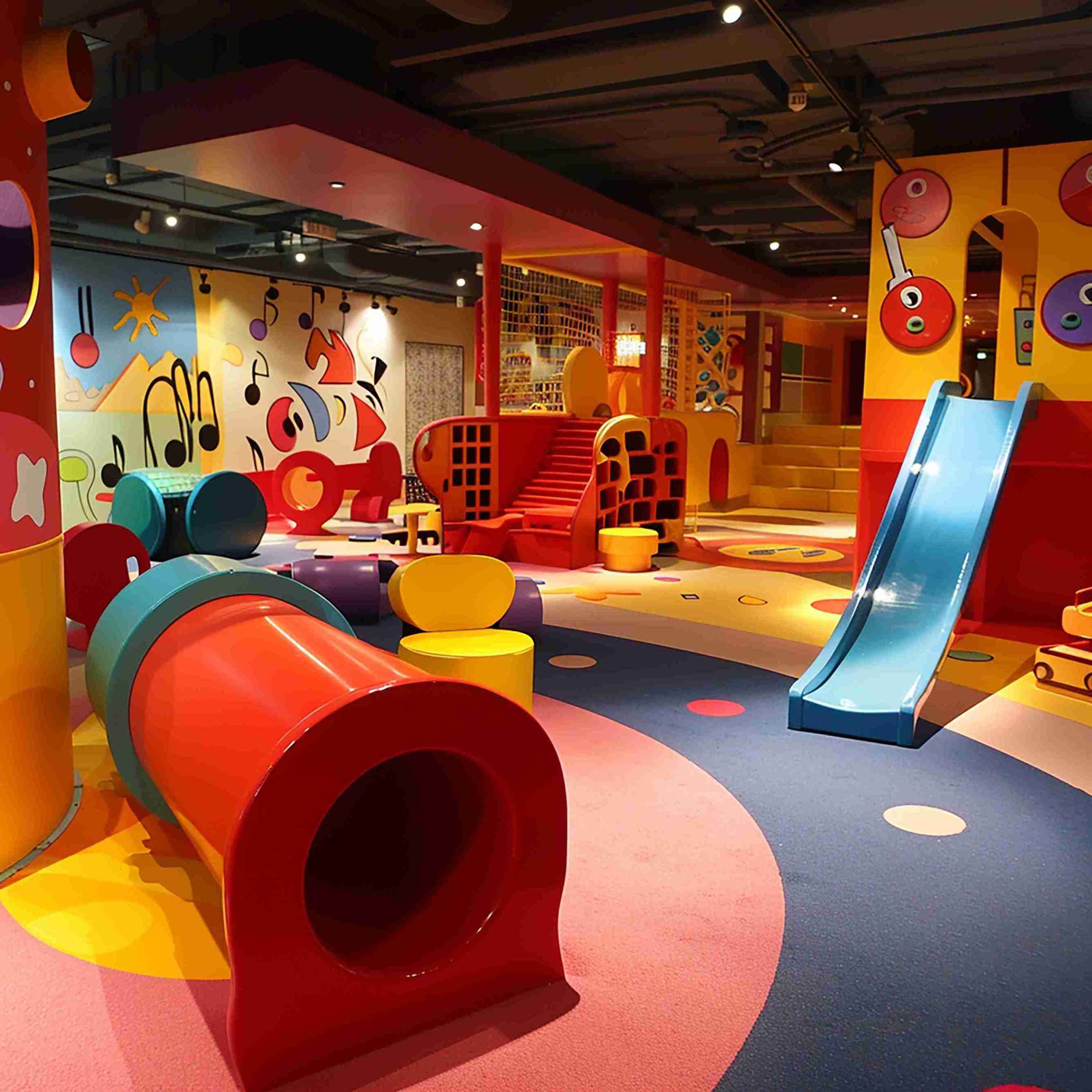The contemporary lifestyle is moving towards the abandonment of generic interior design in favor of one that accounts to the individual requirements, habits, and health issues. Today, the consumer wants customized comfort and functionality whether it is on sleep systems that have been ergonomically designed to suit the need or on furniture that is designed to fit the room size and usage patterns.
This emerging trend of customization has led to an innovative approach both in design and production leading to more intelligent and more human-friendly solutions to furniture. At the heart of this trend are two standout innovations: customized furniture, designed to fit individual preferences, and the adjustable bed, which brings flexibility, wellness, and technology into the most intimate room of the home— the bedroom.
This article discusses how these solutions are turning the contemporary lifestyle into an experience of customization- where the form, functionality and health of an individual are intertwined.
Customized Furniture: Tailoring Design to Lifestyle Needs
The era of one-size-fits-all interiors is gone. In its place, customized furniture offers homeowners and designers the ability to create pieces that align with specific space dimensions, aesthetics, storage requirements, and ergonomic needs. It is no longer about the visual beauty, functionality, sustainability, and comfort that have gained similar importance.
Customized furniture spans everything from modular sofas and wall-mounted desks to bespoke wardrobes and multi-purpose shelving units. Each of them is tailored to the lifestyle of the user- working-at-home arrangements, child protection, small floor plans, or minimalistic preferences.
Customization is very much dependent on materials. Clients have a choice of hardwoods, engineered boards, eco-friendly products and a great choice of upholstery fabrics and finishes. Such a degree of personalization makes the look and feel consistent and in line with the general style of the house.
Beyond design, customized furniture often incorporates smart features—such as hidden charging stations, adjustable lighting, or convertible configurations. This combination of design and technology does not only maximize spaces but also improve everyday life.
Adjustable Beds: Engineering Better Sleep Through Smart Ergonomics
Among the most transformative additions to modern bedrooms is the adjustable bed. These beds, although once believed to be a medical requirement, have become very popular in the home due to the improvement in comfort technology, design and health consciousness.
An adjustable bed allows users to elevate the head or foot of the bed with motorized controls, providing personalized sleep positions tailored to comfort or medical conditions. The adjustability contributes to the resolution of such problems as snoring, acid reflux, back pain, and poor circulation, which is why it has gained popularity not only among older adults, but also among people interested in wellness of all ages.

Today’s adjustable beds come with features like wireless remote controls, preset position memory, massage functions, under-bed lighting, and even smart-home integration. Most of the models provide zero-gravity postures which are meant to take off pressure on the spine and improve the blood flow by imitating the natural posture of the body when resting.
From an ergonomic perspective, adjustable beds align the spine and reduce strain on joints, especially when paired with the right mattress. They enhance more restful sleep by helping the body to sleep in positions that are not possible in the traditional, flat beds.
The object that used to be a part of hospital rooms was reinvented as a stylish and functional object that became the centerpiece of modern bedrooms. This creates a product that does not merely help people sleep, but it enhances it, literally and figuratively.
Integrating Adjustable Beds into Custom Bedroom Designs:
Pairing an adjustable bed with customized furniture creates a harmonious environment where design and wellness meet. Custom bedroom furniture allows the adjustable bed to seamlessly fit into the room’s aesthetic and functional flow.
For example, custom headboards can be designed to accommodate the moving sections of an adjustable bed while still maintaining a cohesive design. Custom nightstands can have built in lights, cable channels or be shaped to fit the height of the bed. Likewise, storage can be customized, such as under-bed drawers or built-in shelves, to make sure that functionality is not lost even after a bed has been moved.
Designers can also create built-in systems around the adjustable bed, such as backlit panels, hidden tech compartments, or upholstered side rails that ensure both beauty and safety. Such considerations turn the bedroom into a personalized comfort zone as opposed to a functional room.
Custom fabric choices, wood tones, and hardware selections allow the adjustable bed to blend in with or even become the highlight of the room. Not even the selection of bedding and mattress size will be off limits as they will be able to customize it to include dual-control bases to suit the sleeping needs of different partners.
The combination of these aspects makes the bedroom not only the place where people rest but also a customized escape, a place that could help to improve the quality of sleep and the quality of life in general.
The Role of Technology and Materials in Modern Furniture Customization
Technology is revolutionizing how we design, manufacture, and enjoy customized furniture. The use of digital aids such as 3D modeling, CAD (computer-aided design), and AR visualization are in demand for designing modern furniture. This not only allows more control of aesthetics, but also improved functionality and fit.
In adjustable beds, embedded technologies such as app-controlled motors, smart sleep tracking, and voice assistant compatibility are now common. These attributes allow users to customize comfort parameters or get feedback on their sleep performance, and this closes the gap between physical comfort and digital wellbeing.
The materials are also changing. The eco-friendly buyers have been able to choose eco-friendly wood, recycle metal frames or even soy-based foams. Antimicrobial and stain-resistant high-performance upholstery fabrics lengthen the life of furniture and expose the user to fewer health risks, particularly when it comes to furnishings commonly used such as beds and recliners.
The manufacturing processes are also better. Furniture production through CNC machining and automated joinery is less wasteful and much faster, with high quality products. For adjustable beds, quieter motors, slimmer profiles, and increased weight capacities have made these products more versatile and accessible.
Conclusion:
The fusion of customized furniture and adjustable beds reflects a new era in home design—one where personalization, health, and aesthetics intersect seamlessly. Such innovations are not about luxury, but about spaces that enhance the lifestyle of human beings in terms of living, sleeping, and rejuvenating.
With the ongoing changes in technology and design, our expectations of what furniture will be able to provide will also change. It could be a bed that changes according to your sleep pattern, a wardrobe that changes according to your lifestyle, the modern home is no longer a backdrop, it is an active, living entity.
When adopting such individualised solutions, homeowners do not only enhance their day-to-day comfort but also invest into long-term health and happiness. Finally, contemporary living is no longer about the appearance of a space- but its functionality.




